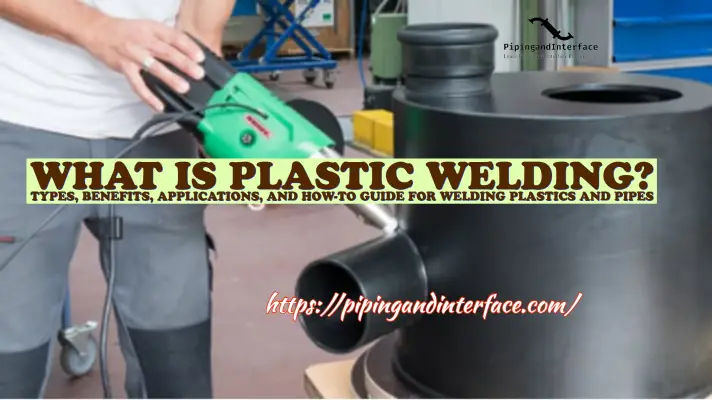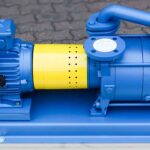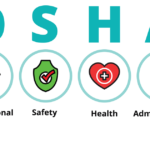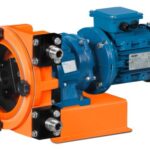The oil and gas industry is constantly looking for ways to improve the efficiency, safety, and quality of its projects. One of the key decisions that operators face is whether to use stick-built or modular construction methods for their facilities. In this article, we will compare and contrast these two approaches and highlight some of the benefits and challenges of each.
What is Stick-Built Construction?
Stick-built construction is the traditional method of building facilities on site, where most of the work is performed by skilled workers using raw materials. This approach allows for greater design flexibility and customization, as well as easier integration with existing infrastructure. However, stick-built construction also has some drawbacks, such as:
- Higher risk of delays and cost overruns due to weather, logistics, labor availability, and quality issues.
- Higher environmental impact due to waste generation, emissions, and land disturbance.
- Higher safety hazards due to working at heights, confined spaces, and exposure to hazardous materials.
Examples of Stick Built Projects
In earlier days, most of the oil and gas projects were done using the stick-built concept. Even today, the modularization concept is partially used. Some of the typical examples of stick-built projects are:
- The ESSO Onshore/Offshore Drilling and Production Platform off of the Ivory Coast was built using stick-built methods.
- The Shell Pearl GTL Plant in Qatar was also built using stick-built methods. The project involved building the world’s largest gas-to-liquids plant, which converts natural gas into liquid fuels and products.
What is Modular Construction?
Modular construction is an alternative method of building facilities off-site, where equipment and systems are prefabricated into modules in a controlled manufacturing facility. These modules are known as modular skids and are then delivered to the site and installed with minimal field work.
Modular construction offers several advantages over stick-built construction, such as:
- Shorter project schedule due to parallel activities, reduced site work, and fewer dependencies on the critical path. Certain studies have shown that the project schedule can be reduced by more than 20% when the modular concept is used.
- Lower project cost due to economies of scale, optimized material usage, and reduced labor and transportation costs. Studies show that the project cost can be reduced by up to 25% with the modularization concept.
- Improved quality due to standardized processes, rigorous testing, and reduced rework.
- Lower environmental impact due to less waste generation, emissions, and land disturbance.
- Enhanced safety due to less exposure to hazardous materials, working at heights, and confined spaces.
Fig. 1 below provides a typical example of a process plant explaining the modular construction concept.
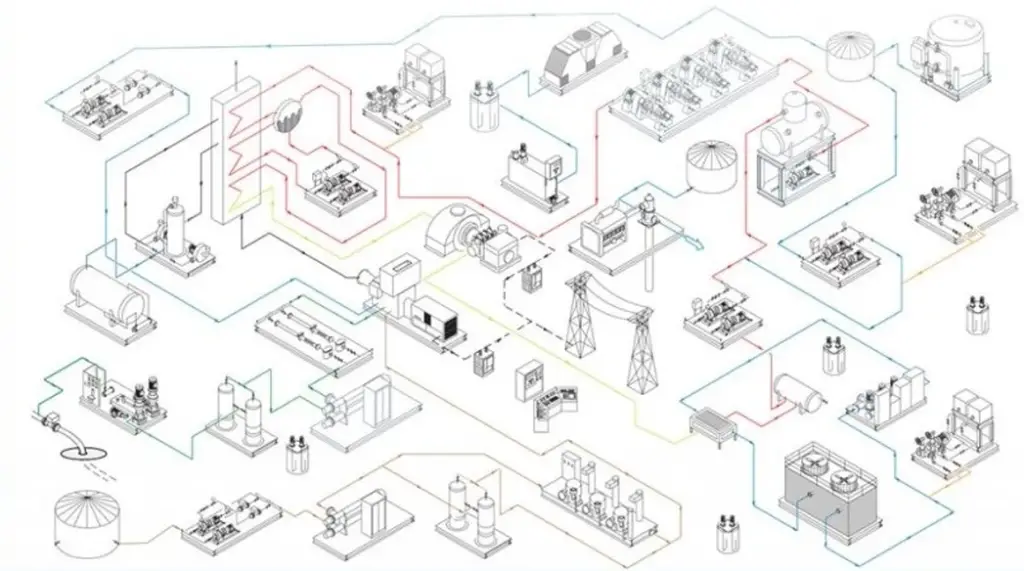
Examples of Modular Projects
Some of the typical examples of modular projects are:
- The Eagle Louisiana is a modular capture vessel (MCV) designed to help mitigate the potential overflow of hydrocarbons from damaged well sites.
- The Chevron Wheatstone LNG Project in Australia is another example of modular construction.
How to Choose Between Stick-Built and Modular Construction?
The choice between stick-built and modular construction depends on various factors, such as project scope, location, complexity, schedule, budget, and quality requirements. Some general guidelines are:
- Stick-built construction is more suitable for small-scale, simple, or customized projects that require frequent changes or adjustments.
- Modular construction is more suitable for large-scale, complex, or standardized projects that have tight schedules, budgets, or high-quality standards.
However, these are not absolute rules, and each project should be evaluated on a case-by-case basis. Sometimes, a hybrid approach that combines both methods can be the best option.
Differences between Stick-built and Modular Construction Approach
The following table will provide some of the major differences between stick-built and modular construction approaches.
| Modular Skid Construction | Stick-Built Construction |
| Modular Construction provides High-Quality skids. | The quality in stick built approach is variable |
| Modular construction provides a confirmed price for each skid. | There may be cost overrun risks in stick built construction approach. |
| Firm Delivery date | Delay in delivery may happen due to many reasons |
| A lot of Time-Saving | More Site preparation time can not guarantee the completion in time. |
| Skilled factory workers work in the fabrication yard to produce the modular skid. | Stick-built construction is dependent on available local workers. |
| Single source responsibility. | Multiple vendors. |
| Single deliverables anywhere. | Multiple Shipments |
| Minimum site activities are the main advantage of the modular construction concept. | Increased site activities |
| Low safety risks | Higher safety risks |
| Thorough documentation from modular skid supplier | Proper documentation is difficult in stick-built construction |
| Reliable after-sales service. | Unsure of after-sales support. |
Stick-built and modular construction are two different ways of building facilities in the oil and gas industry. Each method has its own benefits and challenges that need to be weighed carefully before making a decision. By understanding the pros and cons of each approach, operators can optimize their project performance and achieve their goals.


